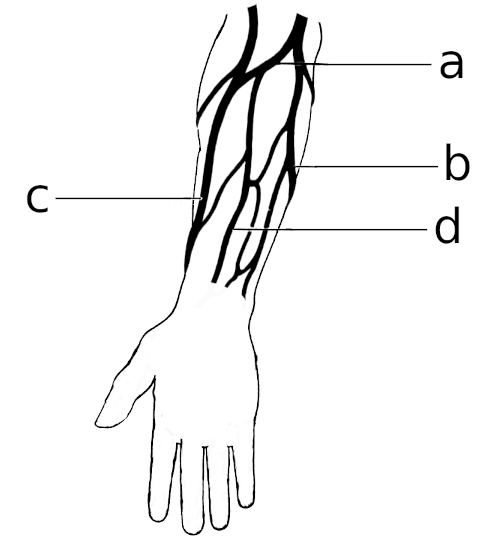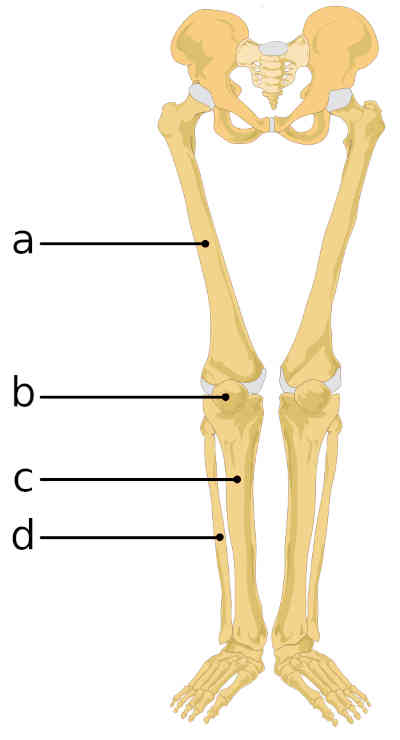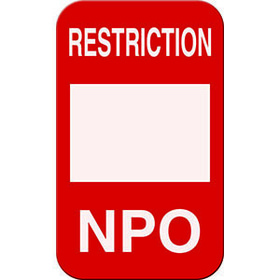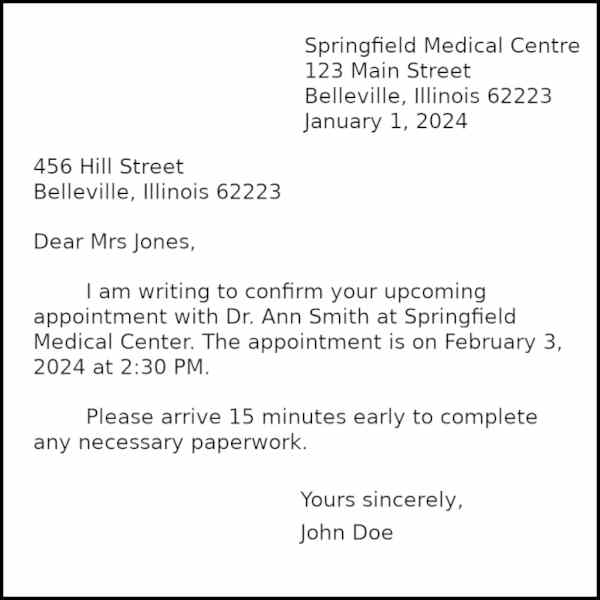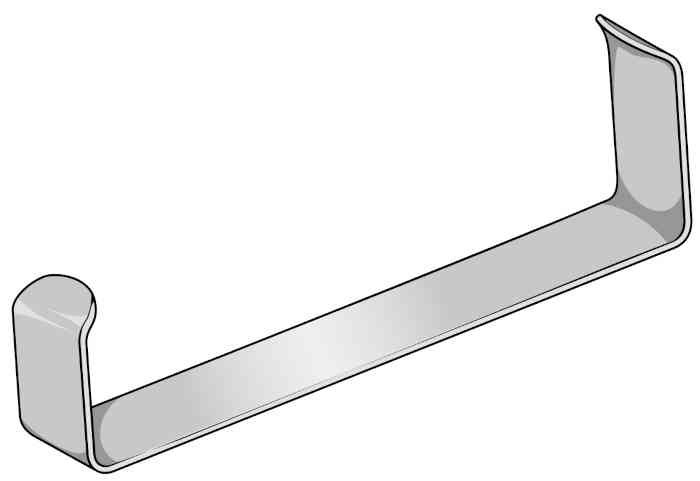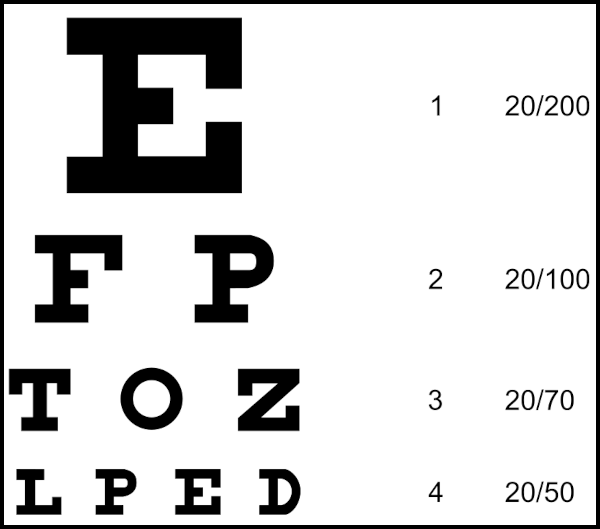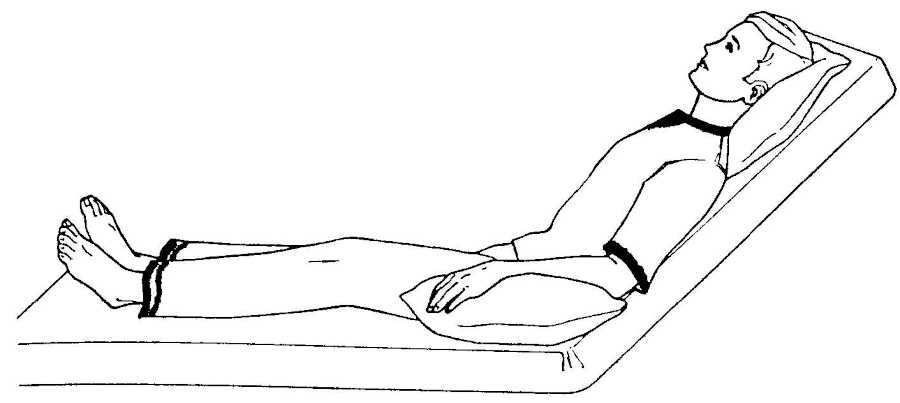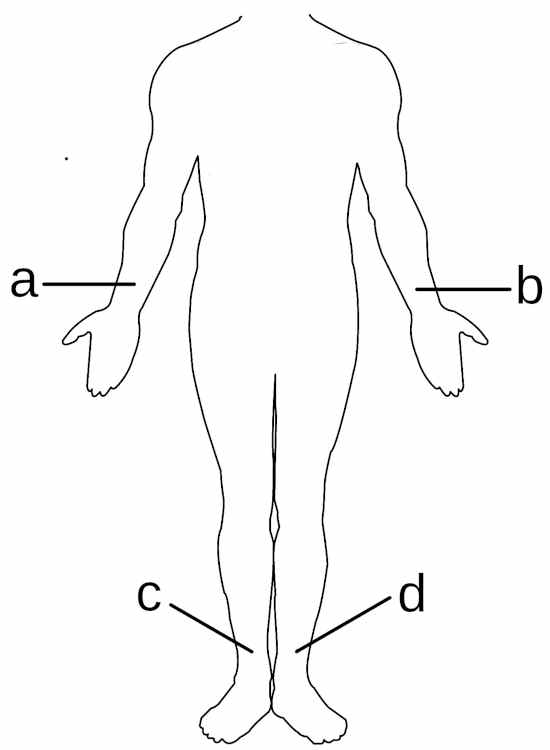 Examelot
Examelot
Report a problem
The AMT RMA (Registered Medical Assistant) certification exam is set by the American Medical Technologists (AMT). Passing the exam proves to employers that you have the knowledge to work as a medical assistant.
These practice questions will help prepare you for the AMT RMA exam.
This page contains 300 practice questions divided into the four sections of the exam: 1. Anatomy and Physiology, 2. Administrative Medical Assisting, 3. Clinical Procedural Tasks, and 4. Clinical Patient Interaction.
All questions have been carefully designed to mimic the questions on the real exam, to help you prepare and get a passing grade.
Check out all the practice tests in this series: Practice Test 1, and Practice Test 2.
